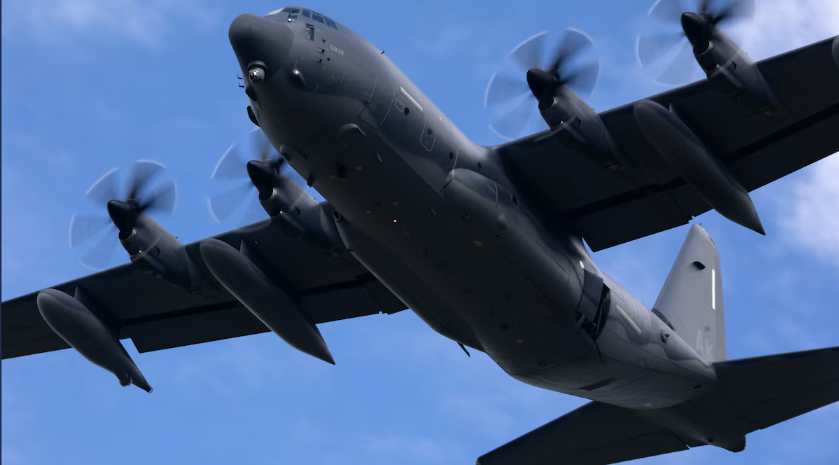Almost 28 hours after leaving Lake Hood in Anchorage enroute to the Soldotna area, a Coast Guard MH-60 Jayhawk helicopter crew dispatched from Air Station Kodiak, spotted the three occupants of the missing Cessna 180, that was reported missing at approximately 6pm Sunday night when it failed to show up in Soldotna as planned.
A search was launched and air assets that included the Alaska Air National Guard and Civil Air Patrol took to the sky to search for the missing plane that was reported to have a 41-year-old pilot, and a 7-year-old boy and 12-year-old girl aboard.

Two Pave Hawk helicopters combed the area south of Anchorage, but did not pick up the ELB signal.
The Coast Guard joined the search for the missing aircraft at 2 pm on Monday after receiving notification from the Rescue Coordination Center with an approximate location of the missing plane. Within an hour of launch from Kodiak, the Jayhawk helicopter was in the area where the aircraft was assumed to be.
The reason that the signal was not picked up on the normal 406 Megahertz frequency, was that it was of older design and could not be picked up by satellite, but instead could only picked up by aircraft flying overhead in the vicinity.
Soon, a signal from the aircraft’s Emergency Locator Beacon was picked up over 121.5 megahertz radio, and the helicopter crew was able to fine-tune their search. Using direction-finding equipment, the airborne rescuers would soon close in, and in short time, observed a flare shot by the aircraft’s pilot.
As they came closer, they would see the Cessna upside-down at a ridgeline landing strip near the Chakachatna River, approximately 25 miles northwest of Kenai on the northern Kenai Peninsula.
The Jayhawk touched down and took the three aboard and transported them to the Anchorage International Airport where medical personnel were waiting. After being checked out and determining none of the three sustained any injuries in the crash, they were released to a family member.
“This rescue was possible because of the joint effort put forth between the Coast Guard and Alaska Rescue Coordination Center and because the pilot was prepared with the necessary safety equipment,” said Lt. Joseph Plunkett, pilot aboard the Jayhawk rescue helicopter. “I can’t put enough emphasis on how crucial it is to have safety equipment whenever transiting through Alaska. Alaska is full of remote and often dangerous areas, and in this case, because the pilot was prepared, we were able to rescue the three people and bring them back to their family.”
The cause of the crash was too-deep snow on the strip, when it touched down, it flipped over, the pilot reported.
Searchers on the northern peninsula took up the search utilizing snow machines also.[xyz-ihs snippet=”Adsense-responsive”]
Pages: 1 2






